
Just like your need for a balanced diet of vitamin rich vegetables and fruits, protein, and carbohydrates, your body needs a balanced routine of exercise that includes cardiovascular, strengthening and flexibility.
Any exercise that raises your heart rate slightly is considered Cardiovascular, such as walking, biking, or swimming. In the Oasis, the Nustep, the treadmill, and the recumbent bike will increase your heart rate. As we age, it is not necessary to push ourselves to the point of being out of breath and heart pounding. Slight perspiration and increased respiration rate is good and still being able to carry a conversation is a sign of exerting enough energy to utilize our hearts and lungs without overdoing. If you do experience shortness of breath, heart palpitations, dizziness or pain – SLOW DOWN or STOP to rest.
Strengthening exercises build muscle and endurance. Lifting weights, Upper body and Lower body resistant equipment in the Oasis are strengthening exercises. Noodles and barbells in the water and water walking use resistance to strengthen arms and legs. When exercising, a little soreness is normal, but constant or a sudden sharp pain for more than two hours following exercise may mean “you over did it.” Always begin a new program gradually using lighter weights for a shorter period of time. On the bike or Nustep set the resistance on a lower number for 10-15 minutes. Each week add a few more minutes and increase resistance slightly.
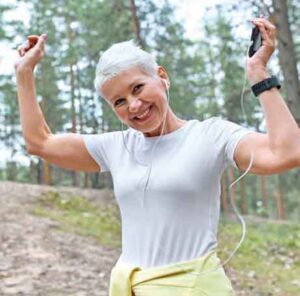
Exercise classes provide a balanced program for cardio, strength and stretch. Gentle stretching with deep breathing before and after an exercise session restores muscles and helps blood flow to muscles and joints to remove waste products (lactic acid) and bring Oxygen and nutrients to replenish muscle cells. Stretching and a tall glass of water may help prevent muscle cramps. Here is a quick review of the classes we offer here and how they can help keep you fit. Water aerobics and Cardio Move classes provide Cardio, Strength and Stretch. Chair Yoga and Yoga Stretch help with strengthening, stretch, and range of motion (reach and flexibility)
Always drink water before, during and after exercising.
Check with your medical doctor before beginning a new exercise program. Begin exercise sessions with 15 minutes three times per week. Gradually work up to 30 minutes five times per week. That is 150 minutes of moderately strenuous exercise each week which is recognized by the Arthritis Foundation, American Heart Association, and Centers for Disease Control for Cardiovascular health and healthy Joints. Visit the Oasis or join a class this week and experience that “good” feeling that comes with exercise.

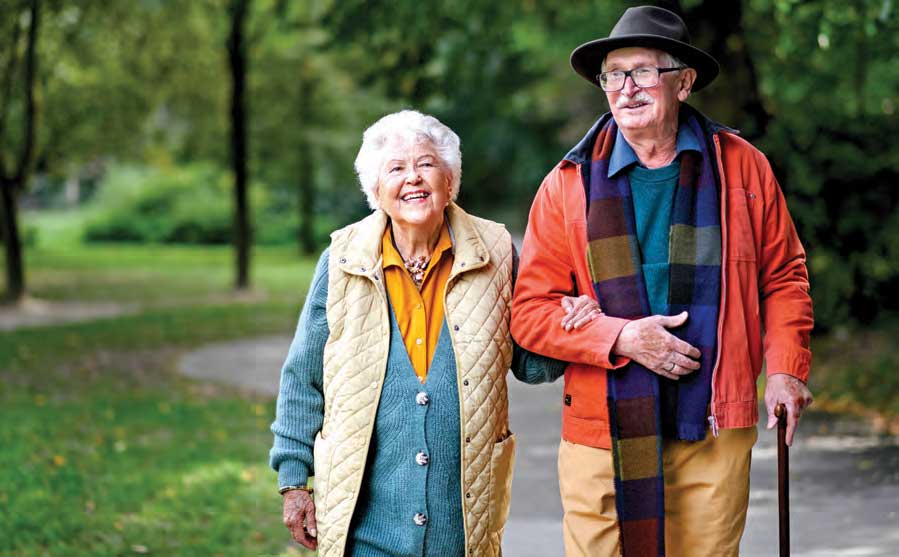
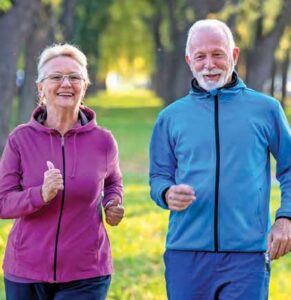

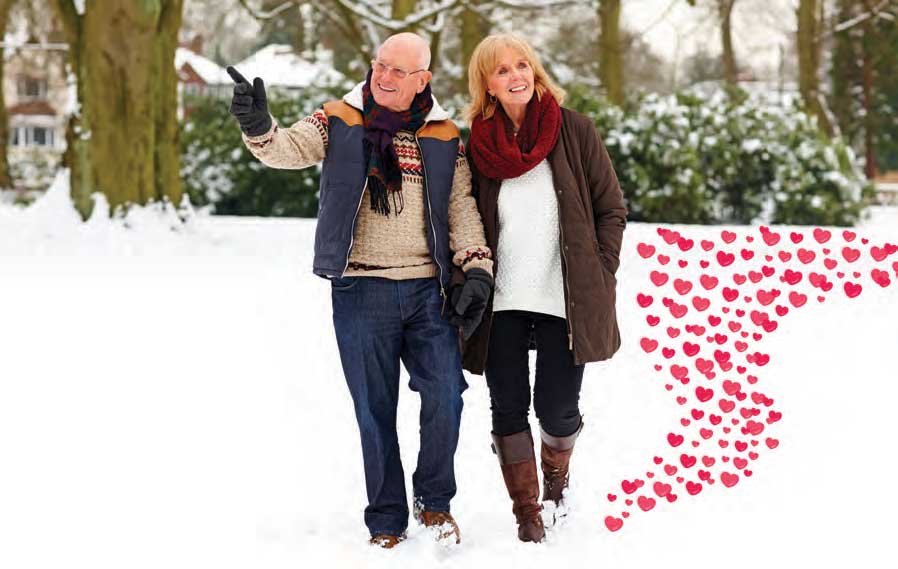
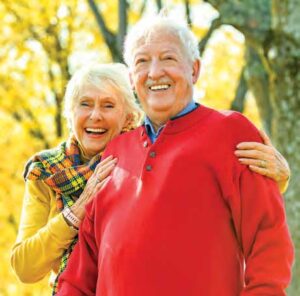
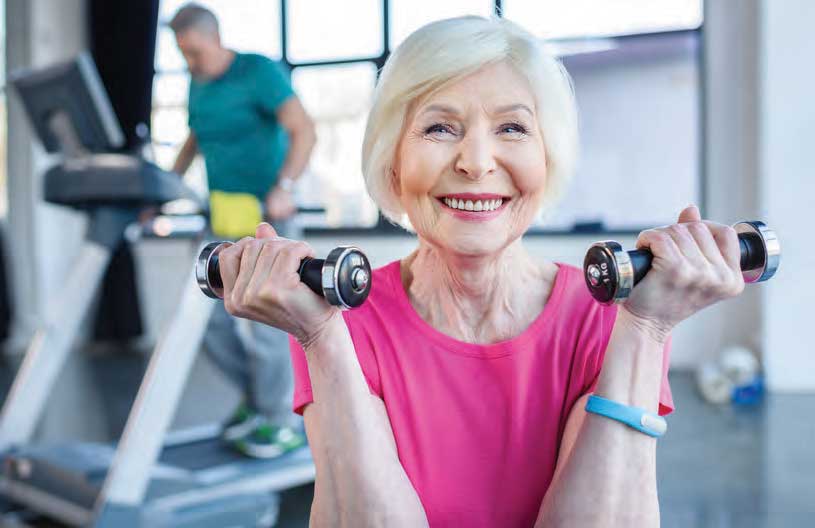
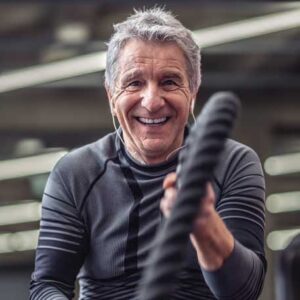
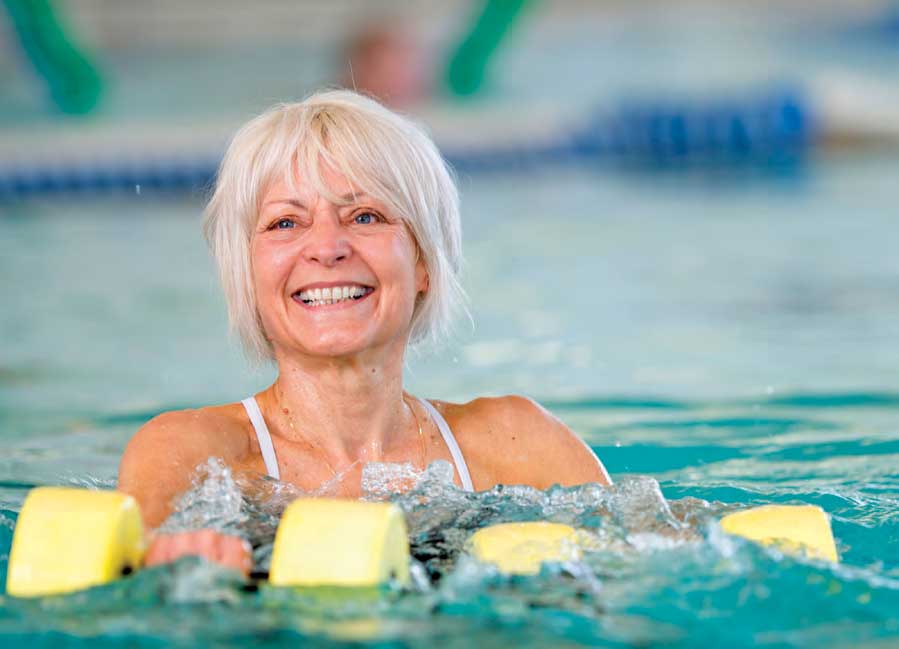
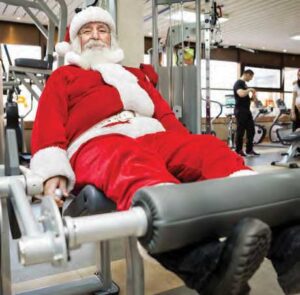
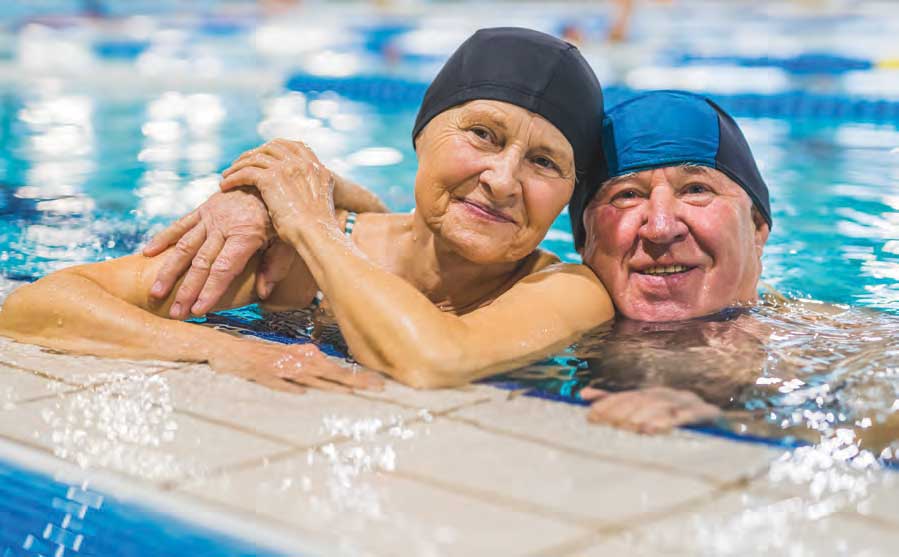
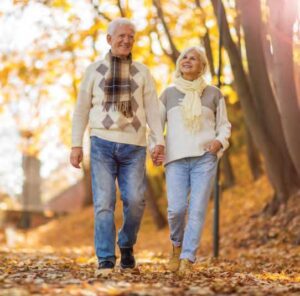
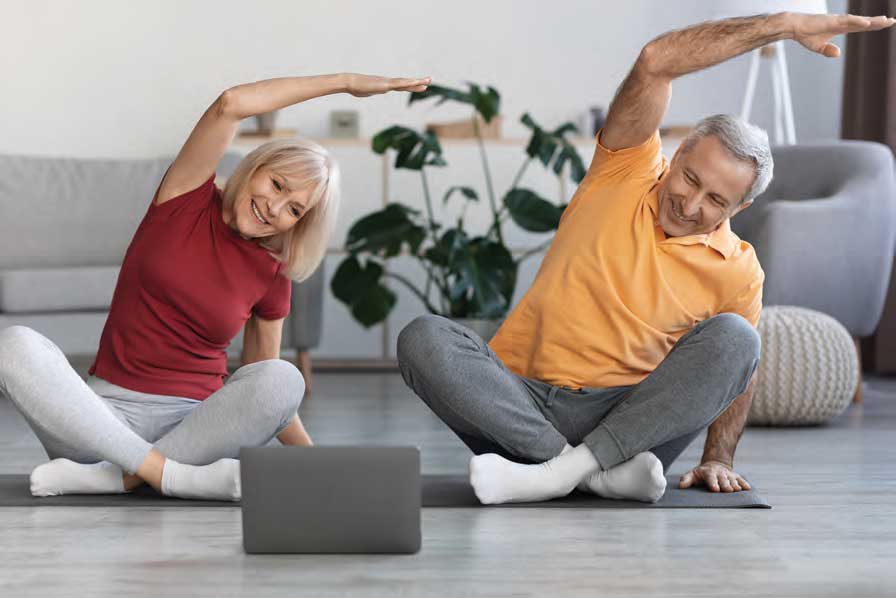
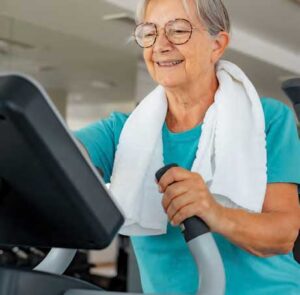

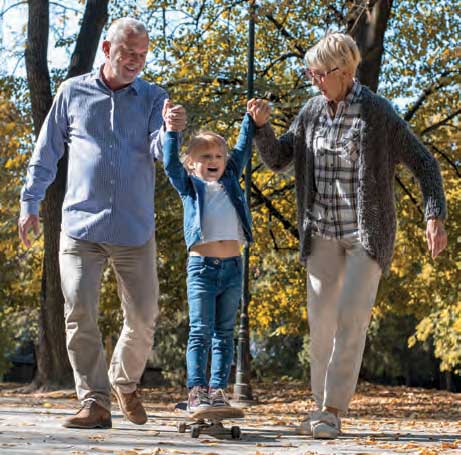
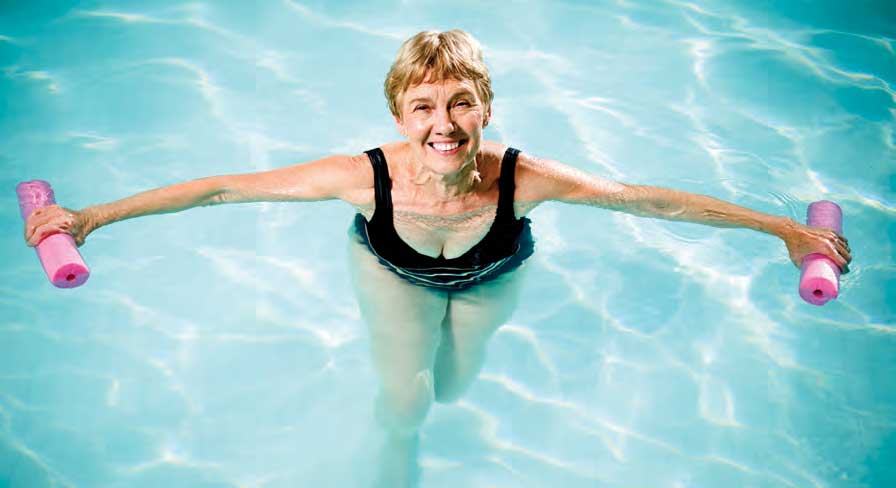
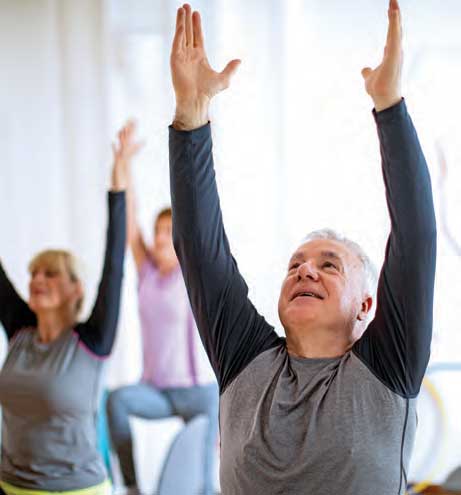
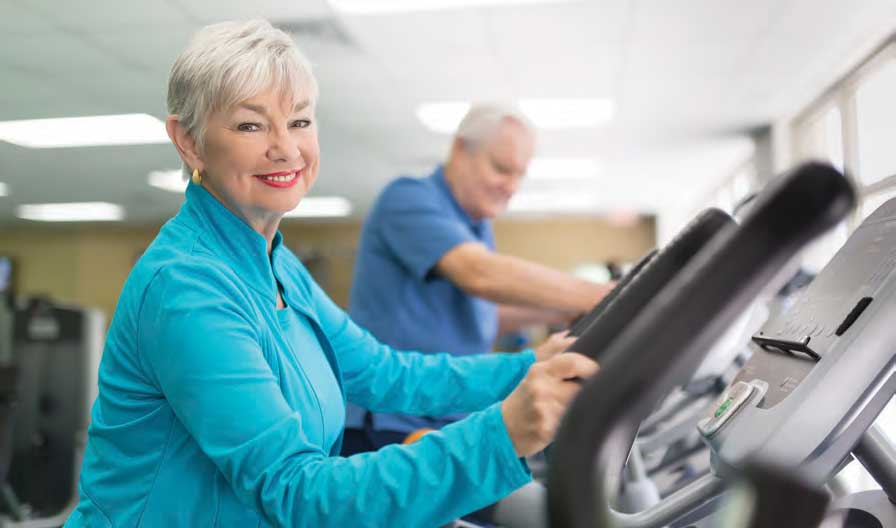



 © 2025 Kirby Pines LifeCare Community. All Rights Reserved |
© 2025 Kirby Pines LifeCare Community. All Rights Reserved | 